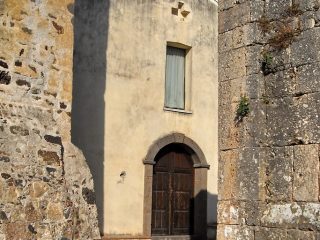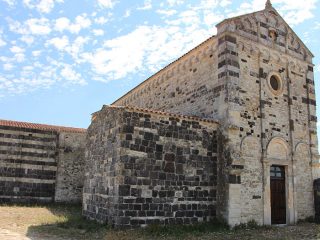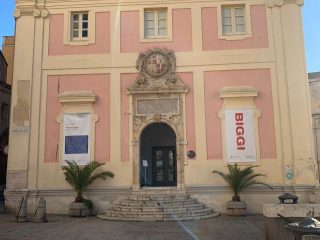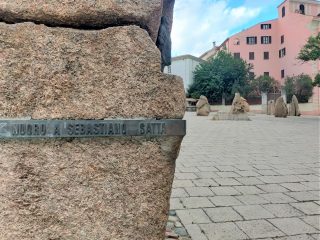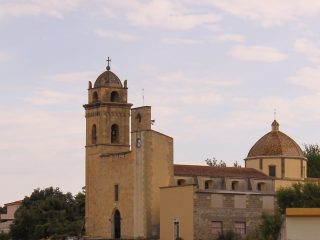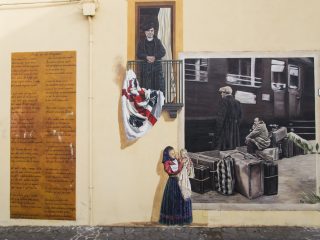The Museo del Tesoro in Sant’Eulalia houses a wealth of historical, artistic and archival heritage originating from churches in Sant’Eulalia, the Santo Sepolcro and the destroyed church of Santa Lucia. The three buildings located in the Marina neighbourhood, belong to the parish of the same name. The valuable collection housed in the Museum includes silver, paintings, holy vestments, wooden statues and the parish’s historical archive.
The paintings include the Ecce Homo, dating from the XVII century. The painting is double-sided: the figure of a flogged Jesus is painted on both sides of the canvas, with a perfect correspondence between the front and back images where we can see Christ’s whipped back. The Madonna with Child, dating from the XIV century is also an important work.
The collection of wooden sculptures makes up a considerable part of the Museum. The sculptures depict productions from a variety of cultures and most of them date back to the XVII-XVIII centuries. Some statues are also decorated using the invaluable technique of estofado de oro.
There is also an extensive collection of silver which was part of the parish’s liturgical patrimony. The extent of the collection of lamps, crosses, chalices, pyxides and ostensories can be explained by the fact that they were commissioned by the Congregation of the Blessed Sacrament, a very wealthy Confraternity. The collection of liturgical vestments, enhanced with quality embroidery is also worthy of mention. On the ground floor of the Museum, we find an archival complex made up of documents dating from the XVI century right up to the first half of the XX century.
The Museo del Tesoro is part of the Mutseu System, together with the archaeological site below and the three churches of Sant’Eulalia, Santo Sepolcro and Santa Lucia.



